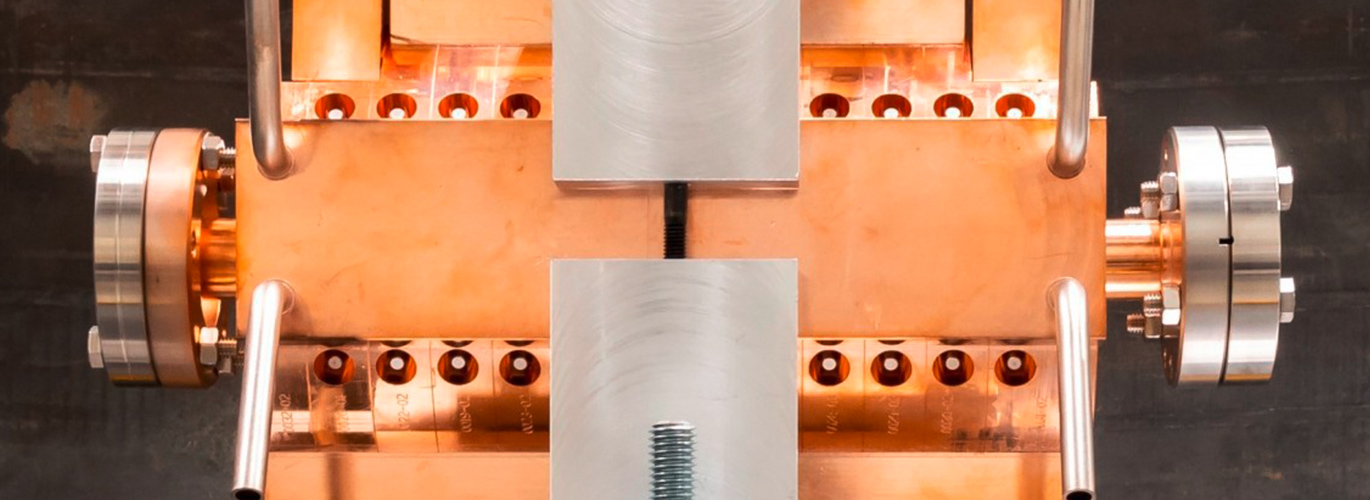
Particle accelerators-based technics for medical applications
Linear accelerator physics, technology, and new techniques developments

More than one third of the existing particle accelerators in the world are used in medicine, for cancer radiation therapies. As research advances in the field of radiotherapy, new treatment modalities (multi-ion therapy, mini beams, FLASH therapy…) are emerging consequently demanding the development of new high-performance accelerators, compact and low cost, to make such treatments accessible to a greater number of patients. High frequency linear accelerators (linacs) are a promising new technology that could herald new cancer treatment options with the advantage of modularity and speed in the control of the beam energy pulse by pulse. This makes linacs highly suited for short therapy sessions and treating moving organs.
In this context, the AITANA group in collaboration with CIEMAT (Centro de Investigaciones Energéticas, Medioambientales y Tecnológicas), CERN (the European Organization for Nuclear Research) and the Spanish industry is working on the development of innovative accelerators solutions for ion cancer therapy based on the choice of high frequency linacs. Present accelerators for ion therapies are scarce in the world and require large and very expensive facilities due to the higher final energy required. The goal of this collaboration is to develop a fully operational and cost-effective injector of C6+ ions from the ion source up to 10 MeV as well as to face the main beam dynamics and technology challenges to develop a complete accelerator for ion therapy.
Furthermore, the AITANA group plays a key role on the development of High Gradient (HG) Radio Frequency (RF) acceleration technology, which opens the possibility to build more compact linear accelerators to reach higher energies in shorter lengths. The AITANA members are working on linacs beam dynamics designs and radiofrequency accelerating cavities developments to investigate the applicability of the HG-RF technology for medical accelerators.
In addition, one of the main challenges in radiotherapy lays on the need to minimize the radiation on the healthy tissues. New technics are also being explored by the AITANA members within a multidisciplinary team including chemists, biologists, and physicists to optimize the dose deposition in radiotherapy based on the combined use of hadron beams and Gold Nanoparticles.


